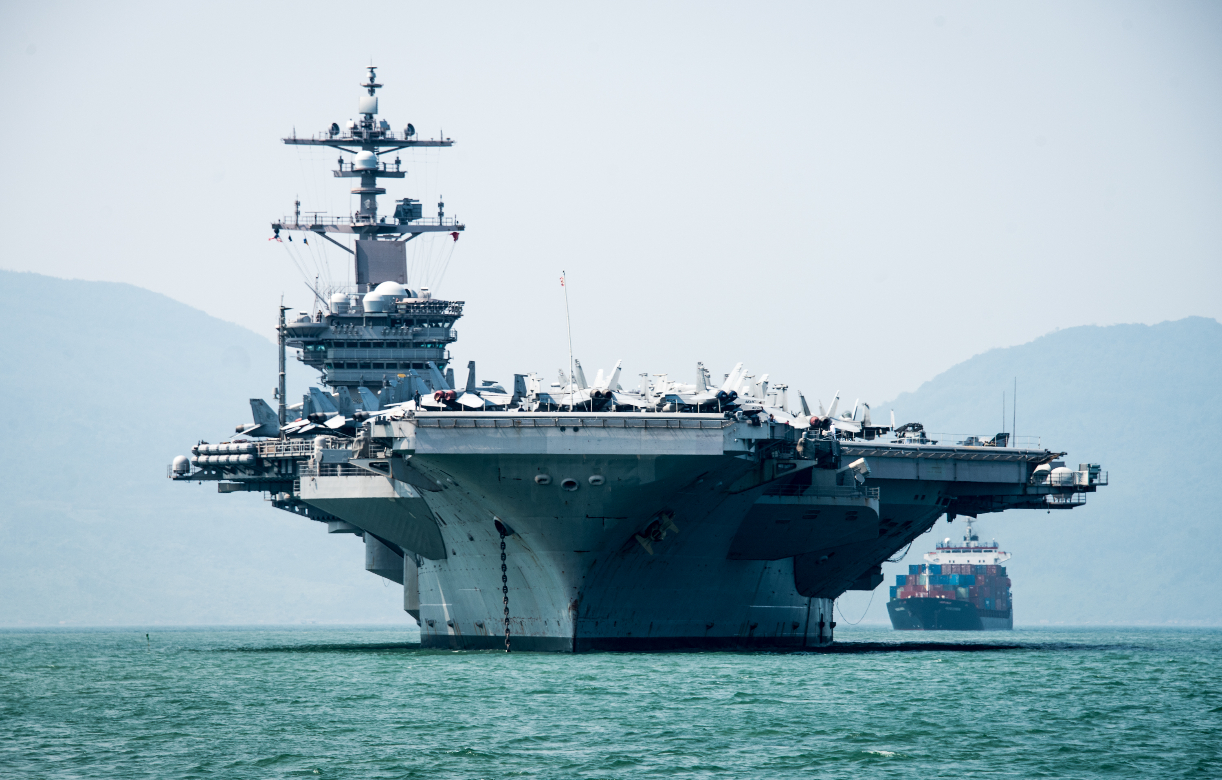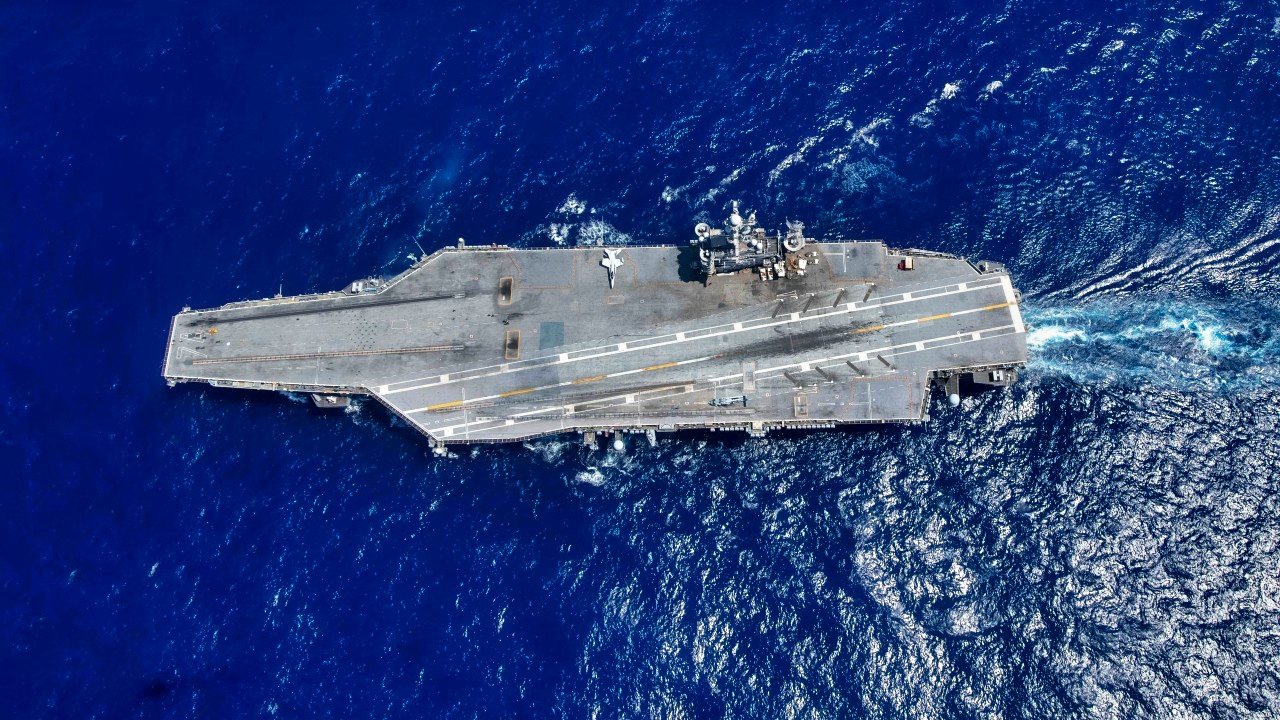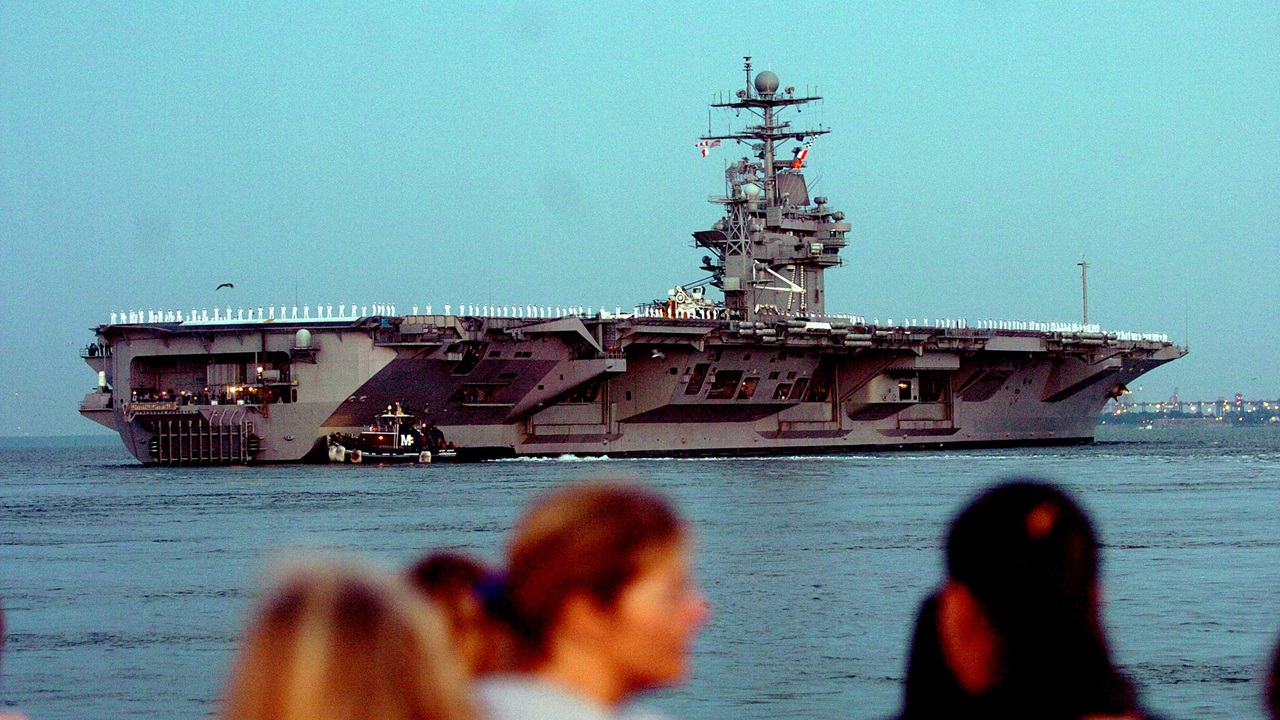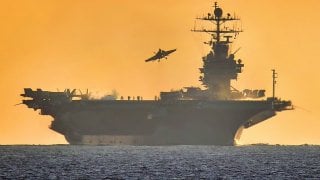Who Would Win a War Between the U.S. and China?
Who would win a U.S.-China war? No one can say for sure. “It’s tough to make predictions, especially about the future,” quoth the baseball philosopher Yogi Berra.
Keys to Victory in a U.S.-China War - Who would win a U.S.-China war? No one can say for sure. “It’s tough to make predictions, especially about the future,” quoth the baseball philosopher Yogi Berra.
And how.
And bear in mind that the great Yogi had it easy as a prognosticator. Sports is a heavily regulated, tightly scripted arena. If you can’t predict the outcome of a contest in that arena, it’s clear that only fools rush in to make strong predictions about wars of the future. No referees police the battleground to enforce rules of play; there barely are any rules of play. In the future, as in wars past, trials of arms will be typified by scheming combatants bent on imposing their will on one another. Chance, uncertainty, the fog of war, friction in the gears of military institutions, and baleful passions rank among the legion of factors deflecting war from any smooth or foreseeable course. War inhabits the realm of complexity. In fact, strategy grandmaster Carl von Clausewitz proclaimed that only a military genius on par with Sir Isaac Newton could navigate the mercurial climate of war with genuine confidence. There are few Newtons out there.
In short, foresight is both crucial and elusive in martial endeavors.
Or perhaps you prefer your warnings Orwellian. In 1943 the English critic George Orwell penned an essay lambasting the military commentariat for being false prophets of how World War II would unfurl. “One way of feeling infallible is not to keep a journal,” he recalled ruefully. But while Orwell conceded having been wrong about the future.
I was not so wrong as the Military Experts. Experts of various schools were telling us in 1939 that the Maginot Line was impregnable, and that the Russo-German Pact had put an end to Hitler’s eastwards expansion; in early 1940 they were telling us that the days of tank warfare were over; in mid 1940 they were telling us that the Germans would invade Britain forthwith; in mid 1941 that the Red army would fold up in six weeks; in December 1941, that Japan would collapse after ninety days; in July 1942, that Egypt was lost and so on, more or less indefinitely.
“Where now,” he asked rhetorically, “are the men who told us those things? Still on the job, drawing fat salaries. Instead of the unsinkable battleship we have the unsinkable Military Expert . . . .”
Put not your faith in those who exude confidence about what’s to come.
Still, none of these disclaimers excuse us from striving to glimpse the general contours of armed strife in the Western Pacific. That’s the only way to make ourselves ready. It is possible to espy several keys to victory for the United States, its allies, and its partners. Let’s review three of these determinants and, with any luck, sharpen our foresight.

First and foremost, it’s hard to overstate the importance of allies and partners to any U.S.-led military enterprise in the region. Nor is it fated that they will join such an enterprise in the first place. Mutual-defense pacts between the United States and Asian allies such as Japan, South Korea, and the Philippines represent the gold standard for security commitments, but no treaty compels one ally to march off to war at the behest of another—no matter how trying the circumstances. Such compacts, like the North Atlantic Treaty underlying NATO, commit the members to regard an armed attack on one as an armed attack on all and to confer with one another on that basis should an attack take place. Allies get a vote in whether and how they respond.
Their actions—or inaction—could prove decisive.
As China becomes more and more domineering, the probability that U.S. alliances will hold firm increases. After all, self-preservation is the most fundamental motive impelling human societies. Solidarity is critical not just because a multinational force has more planes, ships, and armaments to stand against China’s People’s Liberation Army (PLA) but for geographic reasons. U.S. forces simply cannot hope to sustain superior combat power in the Taiwan Strait, South China Sea, or East China Sea from Guam or points to its east. U.S. bases are too far from likely battlefields. U.S. forces could make trouble for the PLA from there but could mount a thin or intermittent presence at best. It’s doubtful troublemaking would be enough against a China whose massed forces would be fighting close to home, leveraging all the advantages bestriding one’s homefield confers. The tyranny of geography—and thus logistics—would probably rule out victory.
What’s more, access to allied soil has strategic and operational ramifications. Without access to Philippine bases U.S. forces would find it hard to combat a PLA offensive in the South China Sea; without access to Japanese islands the U.S. Marine Corps and Navy would be unable to fan out along the Ryukyus chain to detect, locate, and target hostile forces intent on landing on the islands or forcing their way through the island chain into the broad Pacific. Everything hinges on alliance diplomacy.

And then there’s Taiwan. Like other players, Taiwanese get a vote in their own destiny, especially if a cross-strait invasion is coming their way. Their resolve to uphold their de facto independence will be pivotal, as will the concepts and forces they design to defend themselves. If Taiwan cannot or will not help itself, there’s little outsiders can do. Not just combat capability but willpower among the island’s government, armed forces, and society are eminently worth tracking.
Nothing works in the Western Pacific without alliances and partnerships; everything may work with them. That’s why Beijing does its utmost to loosen or break American fellowships in Asia. That’s why Washington must work tirelessly to shore them up.
Second, war would put operational concepts to the test for both contenders. War is a trial of ideas as much as anything. Whoever has conceived the soundest concepts to guide its efforts stands a good chance of victory. Chinese commanders prefer a short, sharp war in which they triumph while holding external powers s at a distance. Doing so simplifies a host of tactical, operational, and strategic quandaries. The PLA, of course, has spent the past couple of decades strewing Fortress China with “anti-access” weaponry such as anti-ship ballistic and cruise missiles and missile-toting combat aircraft, surface patrol craft, and submarines. The PLA Navy surface fleet gets most of the press, but fire support from anti-access forces would supply the fleet its difference-maker in action against allied forces. Or at least that’s the theory, and it’s a plausible one.
And when Chinese forces come into contact with their opponents they plan to wage something called “systems-destruction warfare,” the idea being that if an opponent fights as a “system of systems”—a force networked through the electromagnetic spectrum or some other means—the main effort ought to go into breaking that network. Do that, Chinese strategists reason, and you dissolve the enemy system of systems into isolated, disunited, manageable clots of combat power. In short, you defeat a foe by depriving the enemy force of its fighting cohesion. Then you can pick off individual units or isolated formations at your discretion. This too is plausible, an operational concept worth taking seriously.
Against this the U.S. military pits concepts of its own aimed at denying the PLA the luxury of a quick, decisive victory. The U.S. Navy has “distributed maritime operations,” the Marine Corps “expeditionary advanced base operations” and “stand-in forces.” Taken as a whole this family of concepts means decomposing the fleet into fewer big, complex, pricey platforms and more small, less complex, inexpensive platforms that still pack a wallop. Drones would constitute a big part of the low-cost flotilla. This reinvented fleet would scatter around Western Pacific islands, waters, and skies to evade attack while pummeling antagonists that drew near.

The logic behind dispersing combat power among many hulls, airframes, and marine formations is that a force made up of many rather than few units is a more resilient force. It can absorb losses. Losing a single unit subtracts a smaller percentage of combat power from the force, allowing the force to fight on after suffering battle damage. A force that floods the zone and refuses to be driven from the theater denies the PLA its goal of a speedy victory. It gains time for the allies to assemble enough combat power to win. Mounting an active defense from day one is what it’s all about.
A related concept touted by the U.S. Air Force goes by the name “affordable mass.” This is the notion that newfangled technology—precision-guided munitions and unmanned aircraft technology in particular—could allow an air force to add large numbers of airframes to its inventory without breaking the bank. Here too, a dispersed force could confound PLA defenders, allowing U.S. and allied aviators to deliver firepower to scenes of action in the Taiwan Strait or China seas. If the joint force demonstrates the ability to spread out swarms of platforms while concentrating their strength at the time and place of battle, the allies could well deter or put down a Chinese offensive.


